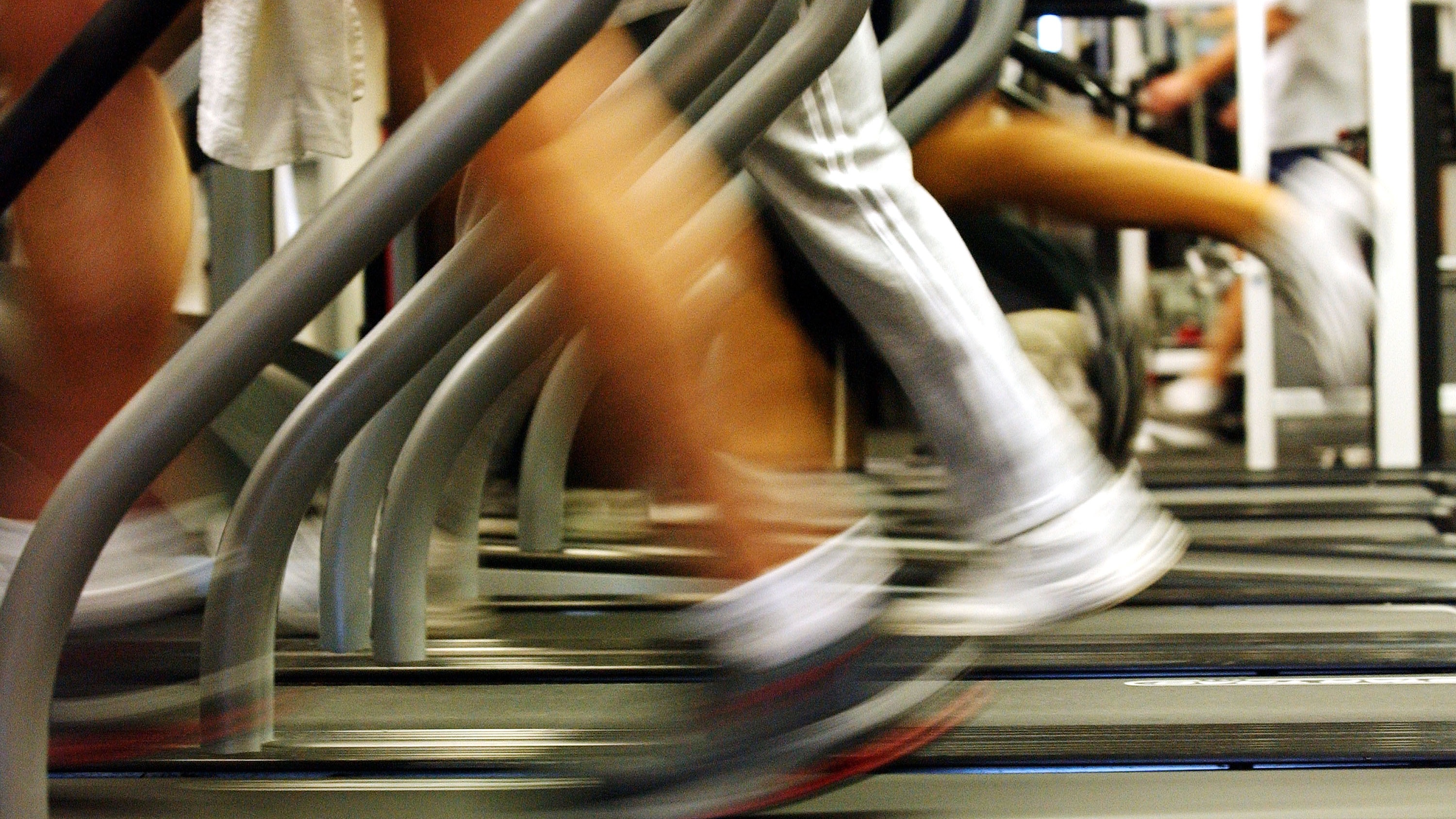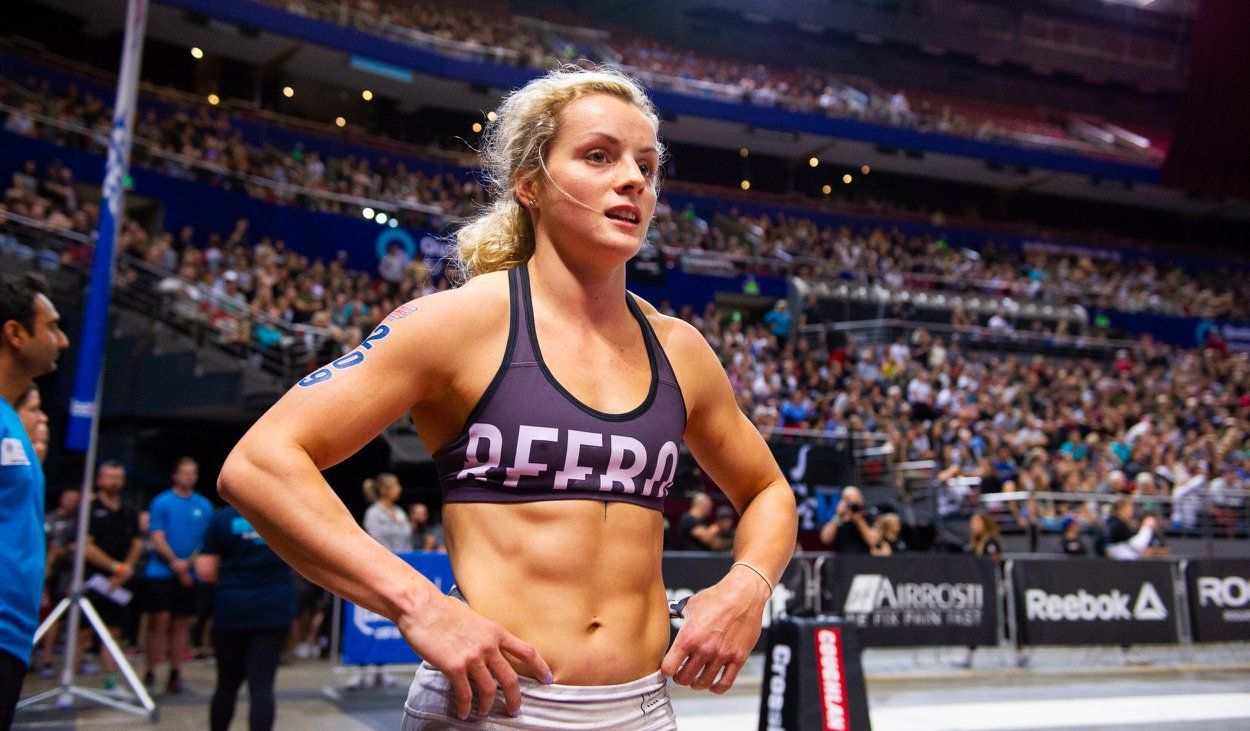Everything

As someone privy to trying out the latest and best sneakers on the market, I am always met with one question: do you actually notice a difference? The short answer, yes. I feel it in my ankles, knees and hips. But the long answer is a little more complicated. Unfortunately, it is not easy to find a sneaker that will support you in all forms of exercise. I learnt the hard way that my lightweight running sneakers should not enter the netball court, read: zero ankle support.
READ: WHY GRIT IS THE KEY TO LONG TERM SUCCESS, ACCORDING TO THIS EXPERT
But don’t just take it from an editor who has a tendency for injury, I asked a Crossfit champion instead.
Hailing from Melbourne, Madeline Sturt is a professional athlete. With an interest in Crossfit from 13 years of age, Sturt has plenty of experience under her arsenal for training tough and training smart. And with many different aspects to her training regimen, the Reebok athlete understands the importance of the correct shoes.
We asked Sturt for a run down on how to choose the correct shoes, based on your own exercise. If in doubt however, check in with a qualified physiotherapist or expert sales assistant.

ICON: What are your main forms of exercise and training. And what type sneakers do you use for each?
MS: “Crossfit training, which is combination of weightlifting, gymnastics and mono-structural movements. I mostly wear Reebok Nano X as they are the most durable and are multifunctional. I wear Reebok Legacy Lifters for Olympic weightlifting components and Reebok Harmony Road for running events, depending on what movements are programmed with it.
Where do you need support specifically for each of those exercises?
MS: “Mostly just a durable shoe that can handle anything. Weightlifting, running, jumping, rope climbs and of course comfort which is exactly what the Nano is. Particular weightlifting pieces you benefit with weightlifting shoes with their solid base and elevated heel which improves positioning. If I can use a running shoe for running workouts I do. If it’s a lot of jumping around I benefit with a softer and more supported shoe.”
Where do you feel the effects when training with the wrong shoes?
MS: “Potentially everywhere, depending on the movements. Some shoes aren’t suitable for lifting weights, squatting or olympic lifting. I find wearing the wrong shoes in workouts with lots of jumping and running causes my calves and feet to jack up.
Does it really matter for the average twice-a-week trainer?
MS: “Yes! Wearing good shoes does matter. Shoes are what is between you and the ground.”
Power and stability comes from the feet up.
How should our shoes fit? Do they need to be tight, a little bigger than normal?
MS: “Training shoes should fit snug and tight. If your shoes are a little bit too big, your feet can slip around and create friction and potentially make you feel not as sturdy on your feet.”
Shop ICON’s picks below.
![]()
Reebok HITT TR Sneakers in Blue / $150 AUD SHOP NOW
![]()
Reebok Nano X Shoes in Black / $190 AUD SHOP NOW